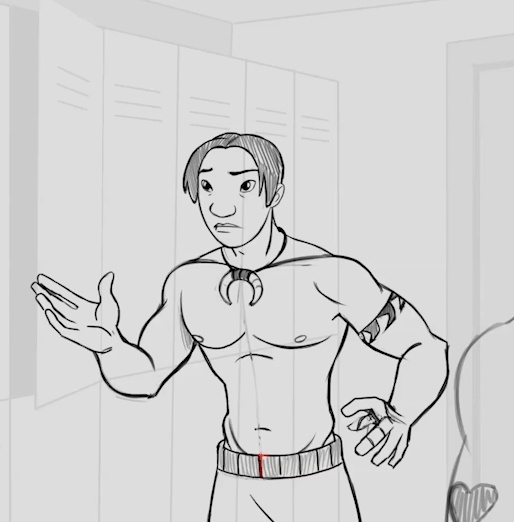What Are Animation Breakdowns?
Hello, my name is Milena Leonova, and I am a 2D animator and instructor of the course “Traditional 2D Animation: Basics.” Today, I want to talk about the concept of “breakdown” and show how important it is to pay attention not only to the keyframes but also to the movement that happens between them.
So, what is a “breakdown”?
It is a significant pose that demonstrates how a character moves between keyframes. While studying materials on animation, I came across the following quote: “Music is the space between the notes” (c) Claude Debussy. I really liked this quote, and I believe it applies not only to music but also to animation.
Let’s think about it; regardless of the chosen animation method, keyframes will always serve as the starting point around which the movement will be built. They are the foundation of our animation. However, how can we enhance it? How can we add style? This is where breakdowns come into play.

How can breakdowns be used? How do you incorporate them into your animation?
The possibilities for using breakdowns in animation are truly diverse. Here are a few ways to insert them into your animation:
1. Enhance Expression: Breakdowns can make a character’s movements more expressive. You can add extra poses or emphasize specific moments to convey emotions or create dynamic motions.
2. To smooth the animation. Breakdowns allow you to create a smooth and natural transition between keyframes. You can use them to add intermediate poses to soften up the transitions and make movement more natural.
3. Experiment with Style: The way you use breakdowns depends on your animation style. In realistic animations, they add subtle details and uniqueness, while in cartoons, they can create comedic effects.
4. To highlight key points. Breakdowns can be used to emphasize important points in a story. You can insert a breakdown at a critical moment to grab the viewer’s attention or emphasize a key idea.
In the end, using breakdowns depends on your creative vision, storyline, animation style, and the effect you want to achieve. They can be a powerful tool for creating a more dynamic, expressive, and unique animation.
Let’s take an example of my character’s dance animation.

What do we see in this animation?

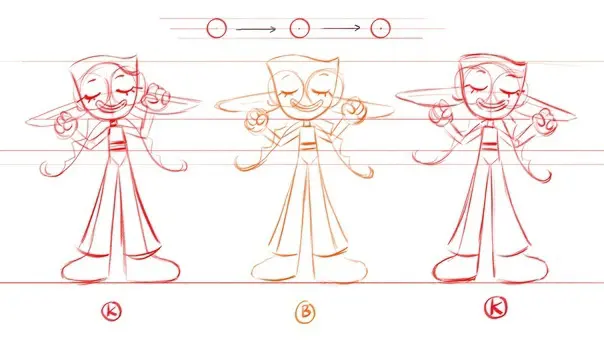
We see a straightforward movement. The character moves in a straight line without any interesting curves or arcs.
It looks okay, but it feels a bit boring. The first thing that comes to mind is the concept of dance. In this animation, the poses are dull, and the character’s movements lack variety. All body parts move linearly without any dynamic changes. The breakdowns are very similar to the keyframes, which results in a lack of expressiveness and fluidity.
I want to enhance this animation and make it more captivating, both for myself as an animator and for the audience.
What can be done to Improve this Animation?
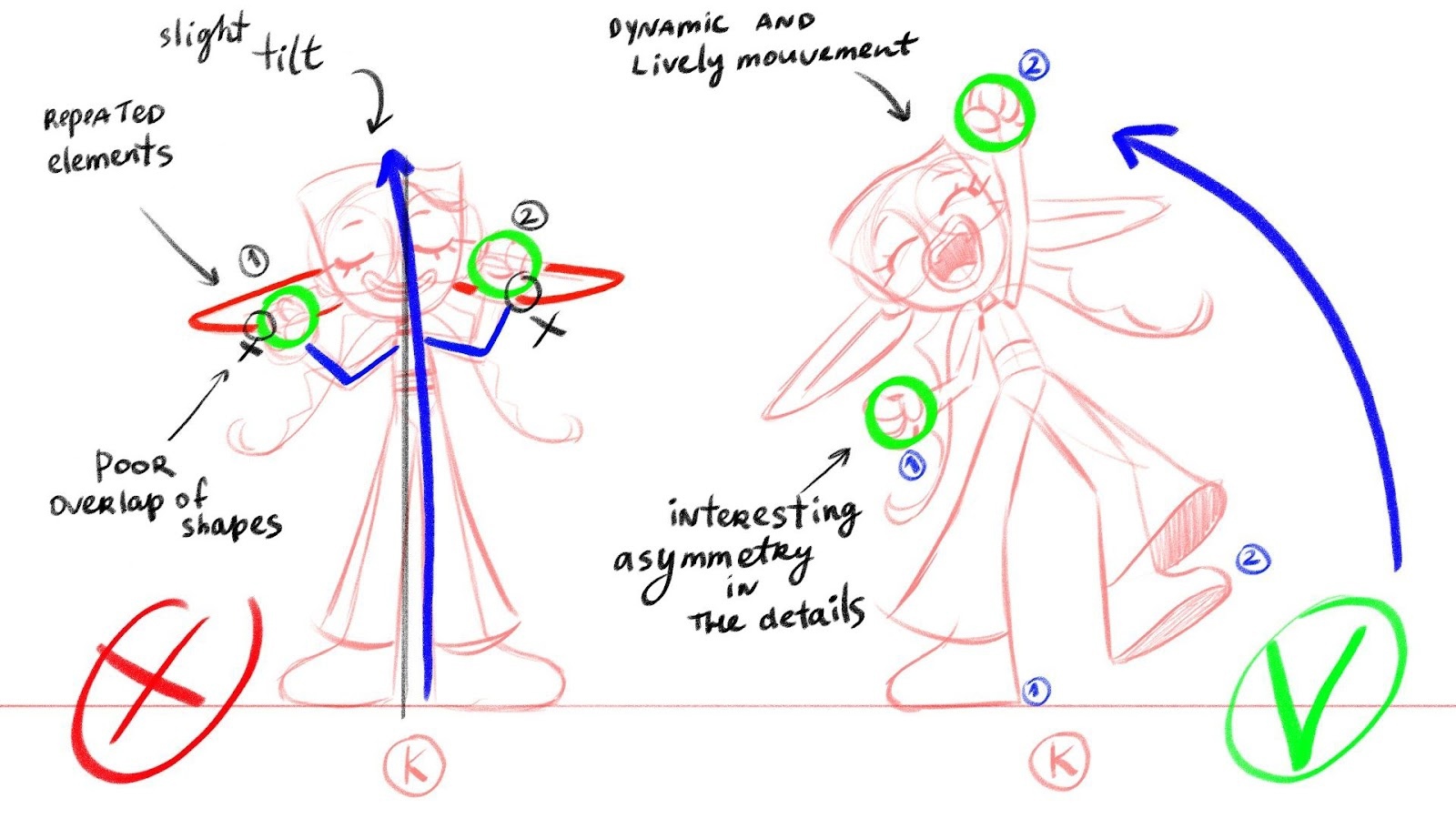
We will change the keyframes. We need to add more dynamics and life to them. The breakdowns can also be modified to move following an arc instead of a straight line.
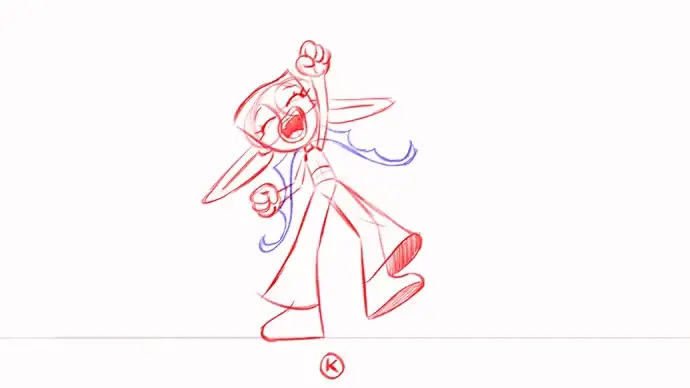
Let’s try to lower our breakdown. The breakdown is different from the beginning and end of the movement. This adds more dynamics to the animation and makes it more interesting.
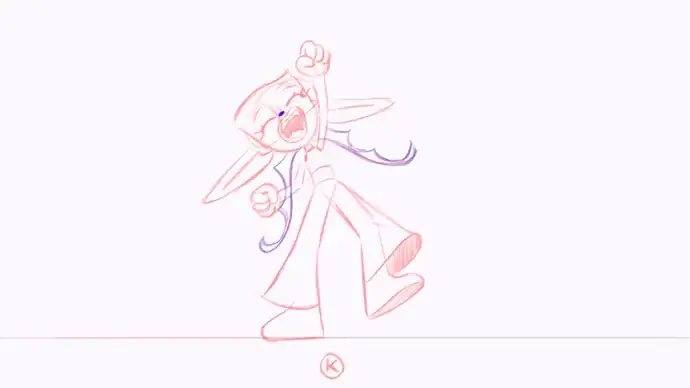
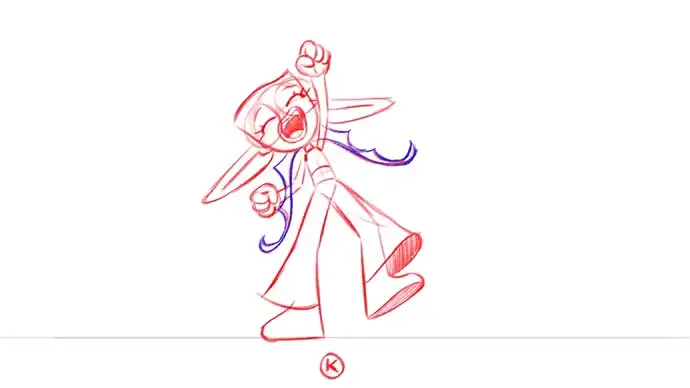
What if we move the breakdown above our keyframes?
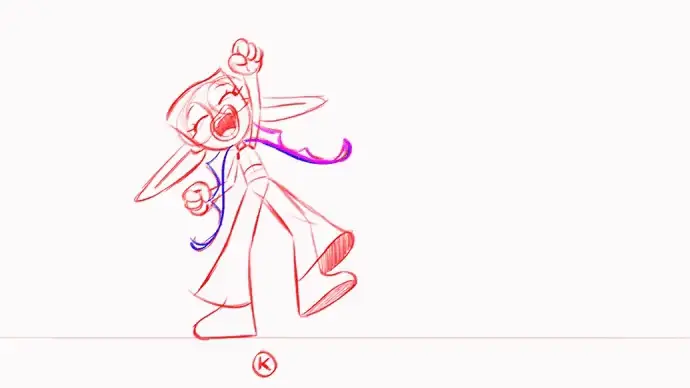
Now, a completely new movement emerges.
Even though the keyframes stay the same and might not seem different from the previous animation at first glance, they serve as the foundation for an entirely fresh dance style to develop.
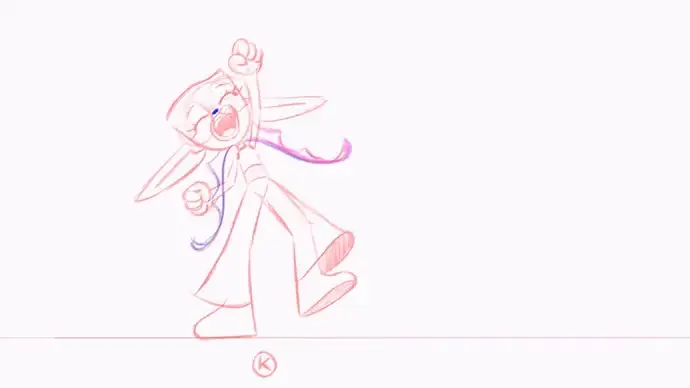

What if we highlight the breakdown more?

Now, the attention is on the breakdown, making it the main movement.
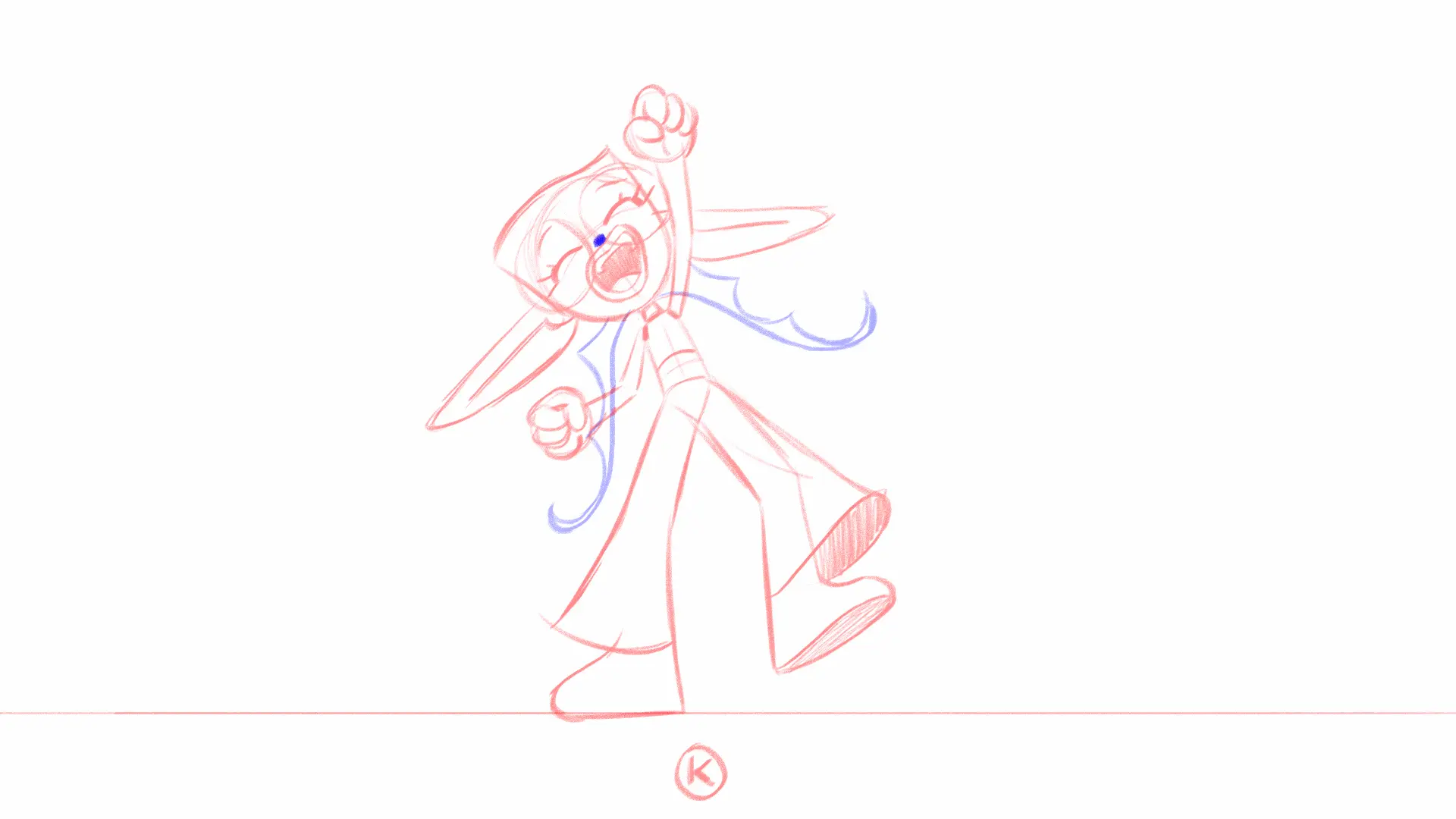
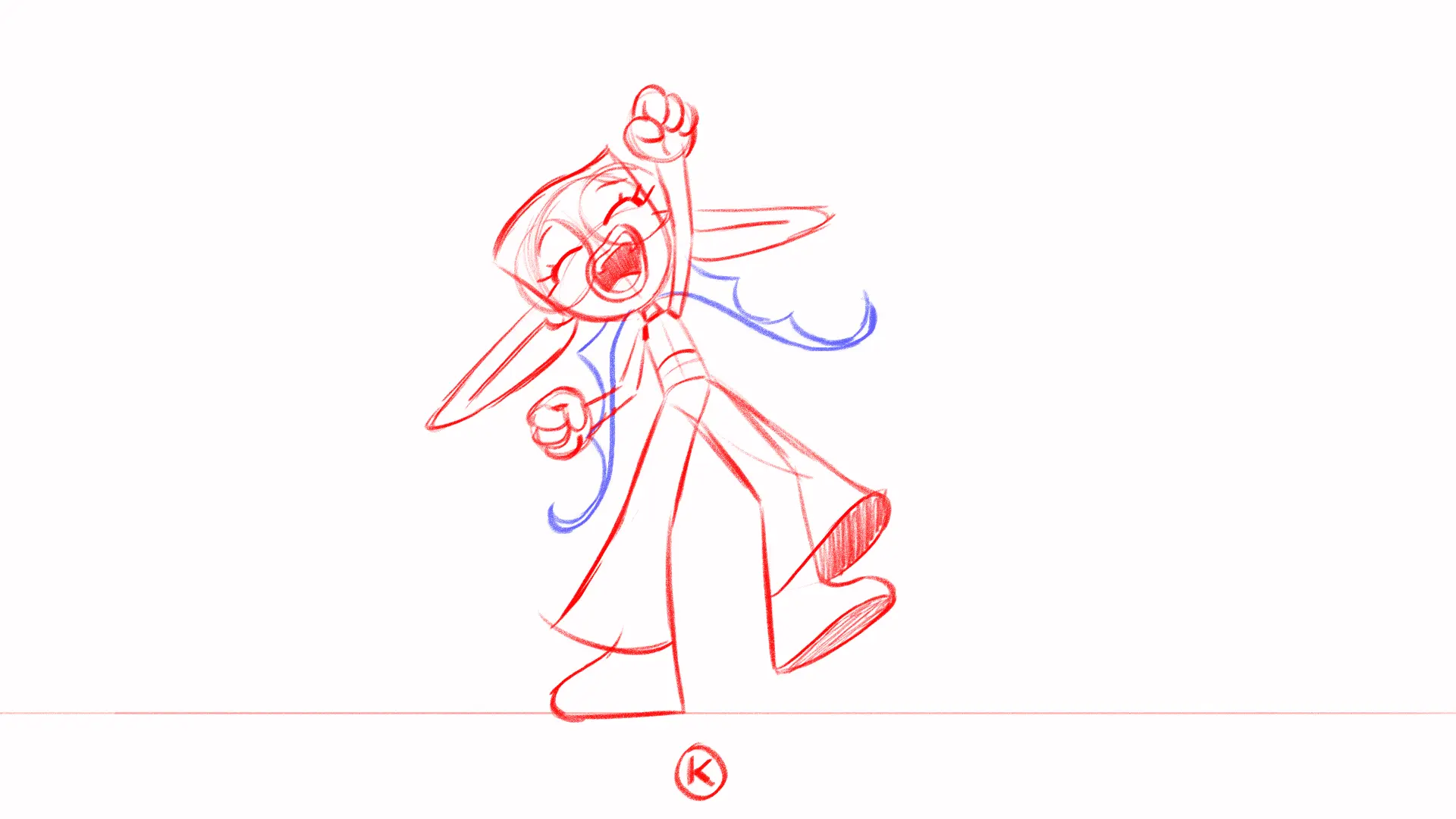
Here’s what we’ve got – three unique animations, three different dance movements.
It’s remarkable that even with the same starting and ending points, the breakdown has the power to significantly change the motion’s trajectory.
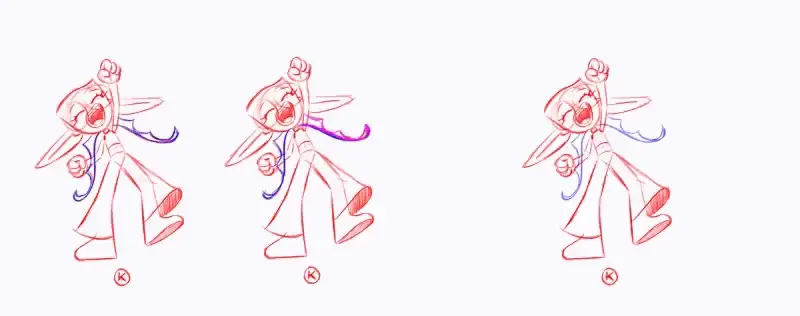
This is like magic, transforming the ordinary into the extraordinary, the simple into the beautiful. The breakdown adds a special touch to the animation, giving it character and uniqueness.
In your hands lies the fate of the character. Dare to experiment and explore new possibilities in the world of animation. Don’t be afraid to increase the amplitude of movement, allowing it to come to life with unusual energy.
In those moments when doubt overwhelms you and you are looking for the perfect movement, don’t hesitate to turn to video reference. You can record your own movements or find an exciting scene in a movie or cartoon. However, remember that using a reference requires skill and creativity. Don’t just copy, but think about what you can improve, where can you slow down, and where to add acceleration.
Your inspiration is the key to creating unique animation. Unleash your imagination, pay attention to details, and infuse a part of your soul into every movement. Remember that you play the role of the creator, and your decisions will define the character and appeal of your character.
Don’t be afraid to experiment! After all, animation offers us many opportunities to bring various ideas to life, things that may not always be achievable in real life. Good luck with your adventures!
Author of the article and animation: Milena Leonova – LimkA.







